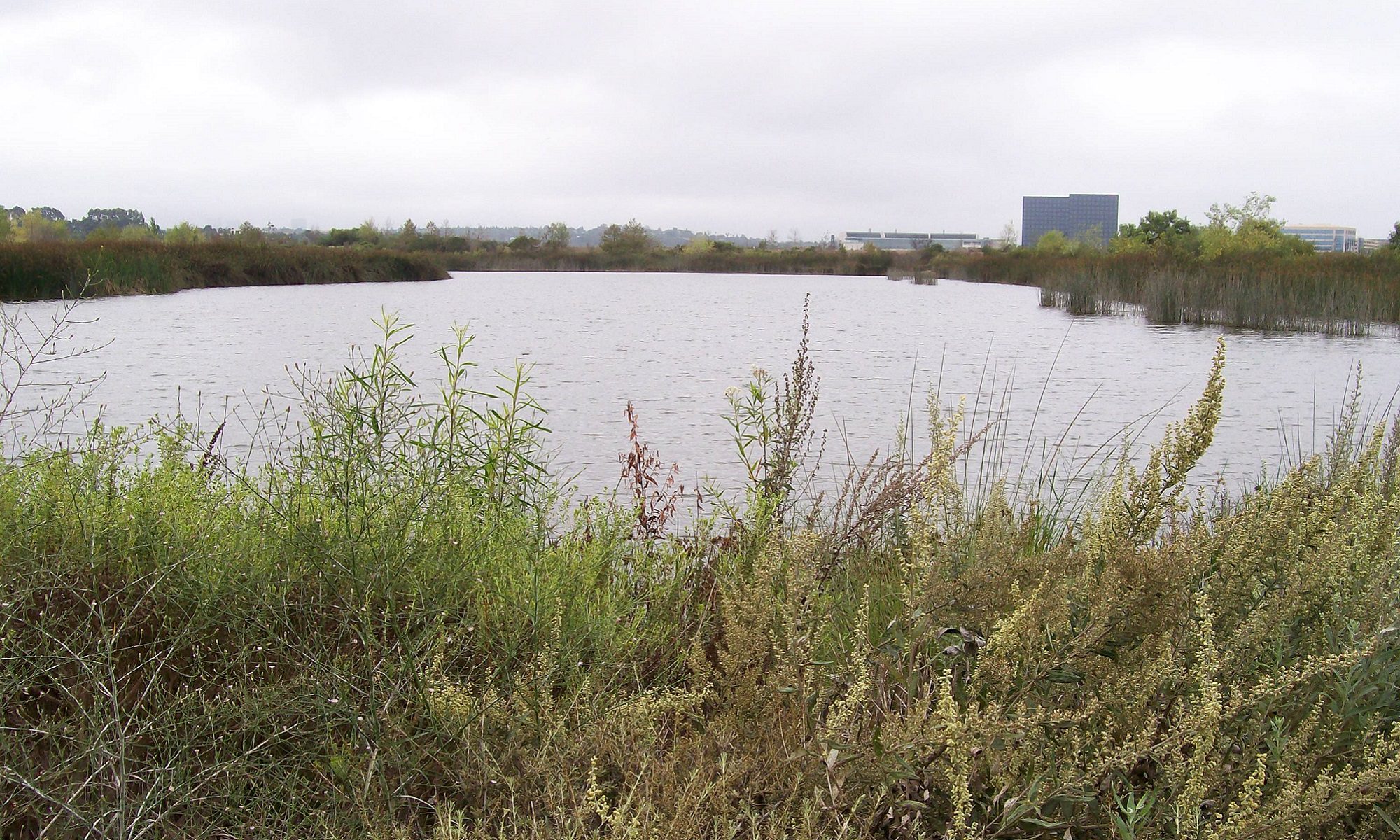Extensive pages allow media professionals to access images and information in this press room of “Live Pterosaur.” The home page includes:
With daylight sightings, perhaps the most publicized modern report comes from Duane Hodgkinson, who saw a “pterodactyl” near Finschhafen, New Guinea, during World War II. . . . in a jungle clearing that was about a hundred feet across, in clear daylight, [they] saw a “huge” winged creature as it ran across the far side of the clearing and took off into the air. Hodgkinson . . . estimated its wingspan as equal to that of a Piper Tri- Pacer airplane . . . and its tail as “at least” ten or fifteen feet long. The head had a long crest and there was no sign of feathers.
On “Images for Media,” is found:
- Photos of Jonathan Whitcomb, Duane Hodgkinson, Wesley Koro, Gideon Koro (his brother), Mesa Agustin, Abram of Opai Village, David Mokay, and Luke Paina.
- Photos of Umboi Island, Finschhafen Harbor (Papu New Guinea), and the San Joaquin Wildlife Sanctuary (Orange County, California).
- The following sketches: fruit bat compared to a large ropen, long-tailed pterosaurs observed by Eskin Kuhn, a similar one observed by Patty Carson, and a Flying Fox fruit bat.
The “Questions and Answers” includes:
Question #2: Why do many paleontologists believe they’re all extinct?
Answer 2-B: Until recently, little research had been done on reports of sightings of apparent living pterosaurs. Even now, many paleontologists may know little or nothing about that research for it is in cryptozoology, a very different field from paleontology.
Answer 2-C: Until a few years ago, few if any peer-reviewed scientific journals had published anything on eyewitness sightings of apparent living pterosaurs. The subject of modern extant pterosaurs appears paranormal, so it has been ignored in most scientific journals.
The “Press Room for News Releases” page includes:
“Hoaxes are disproved,” declares Jonathan Whitcomb, author of the nonfiction book, “Live Pterosaurs in America.” After compiling data from reports collected from early-2004 to mid-2009, from eyewitnesses across the United States, he found three kinds of evidence disproving any hoax- explanation.


